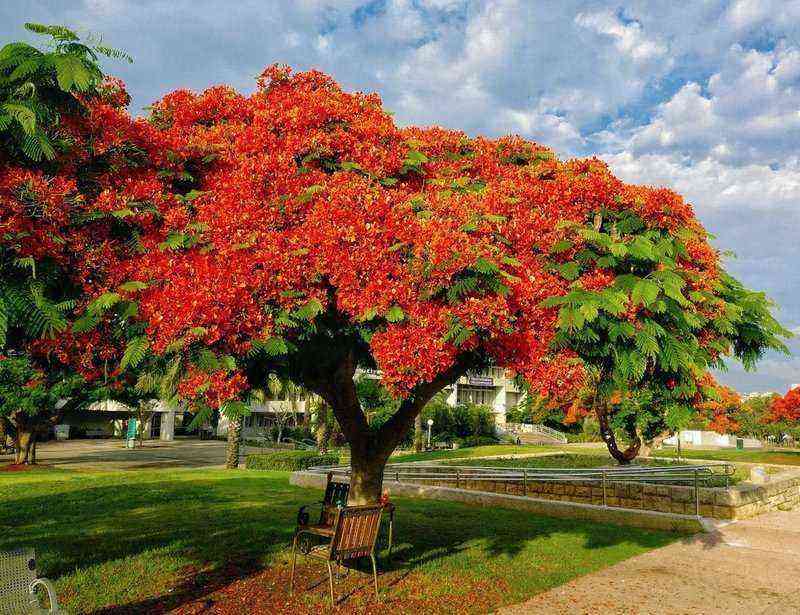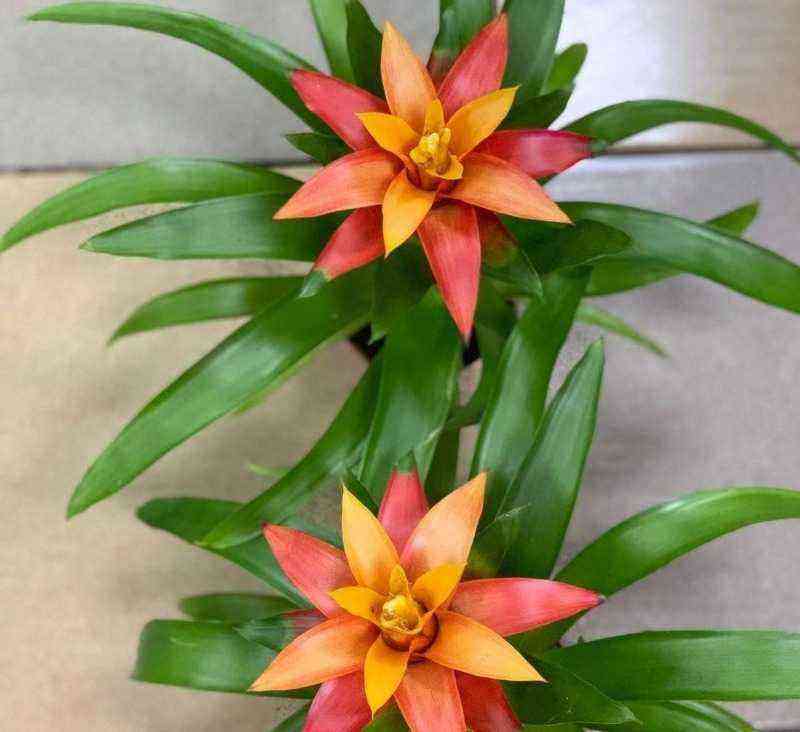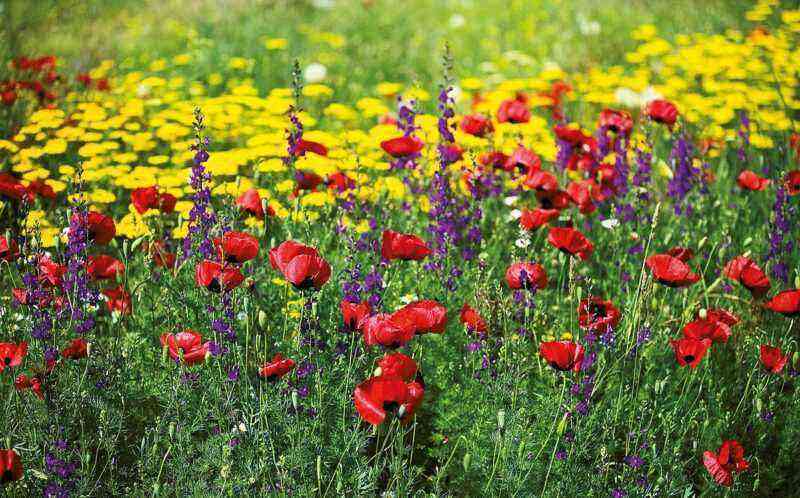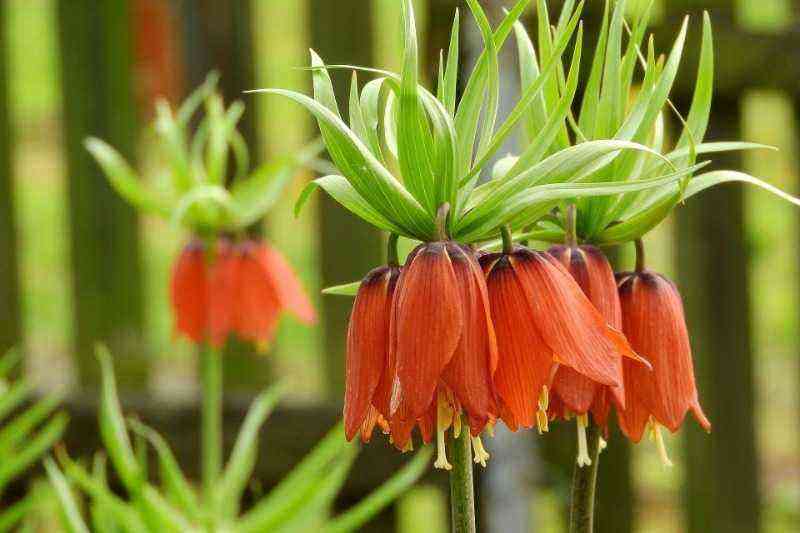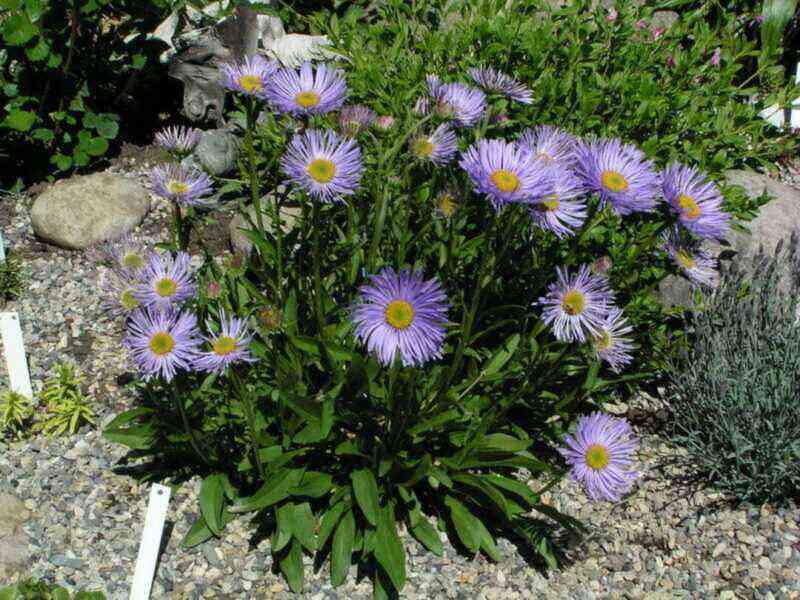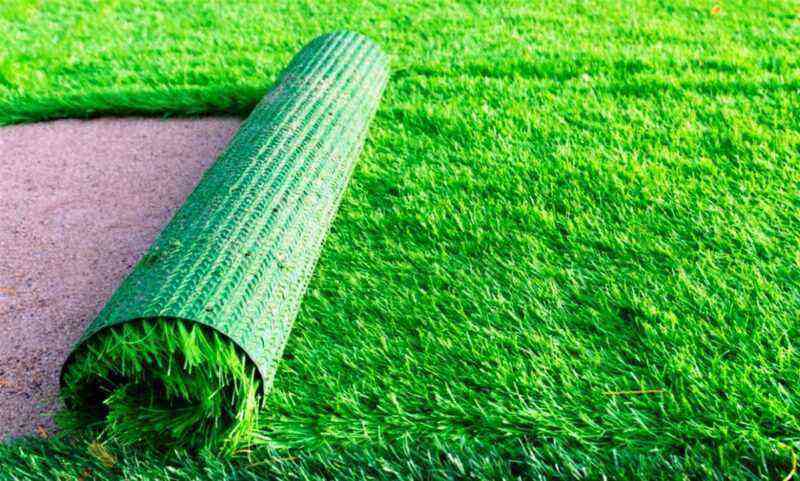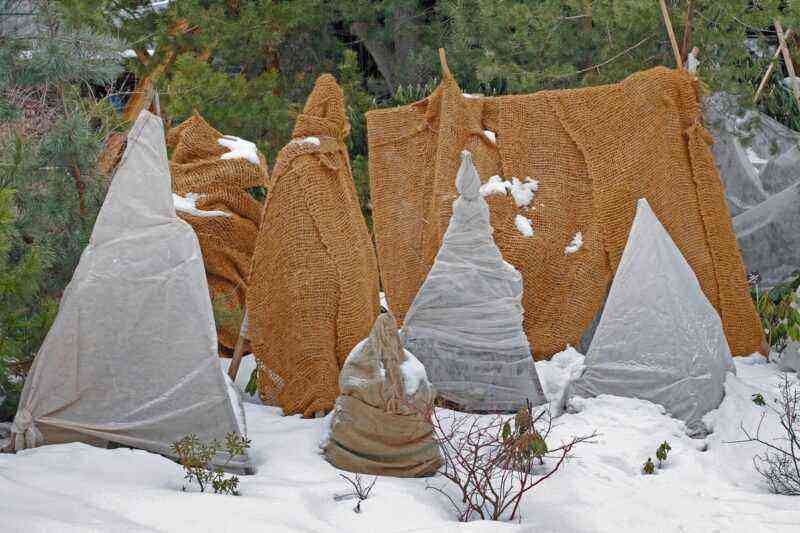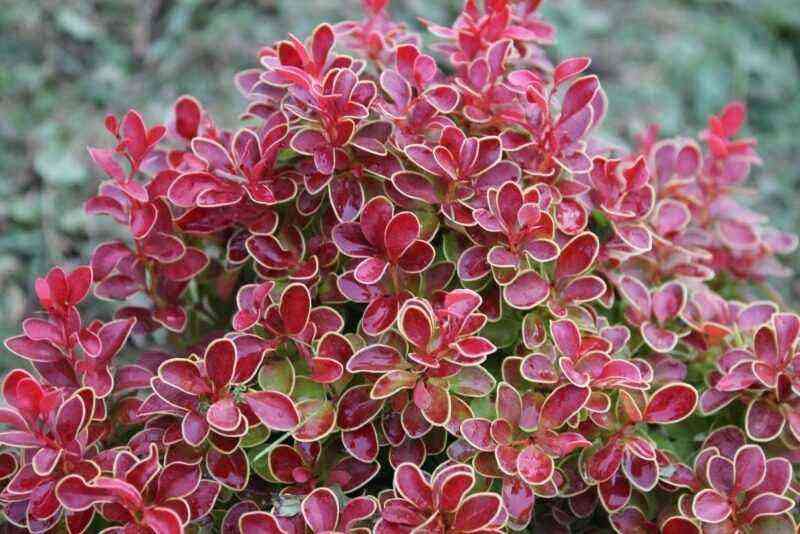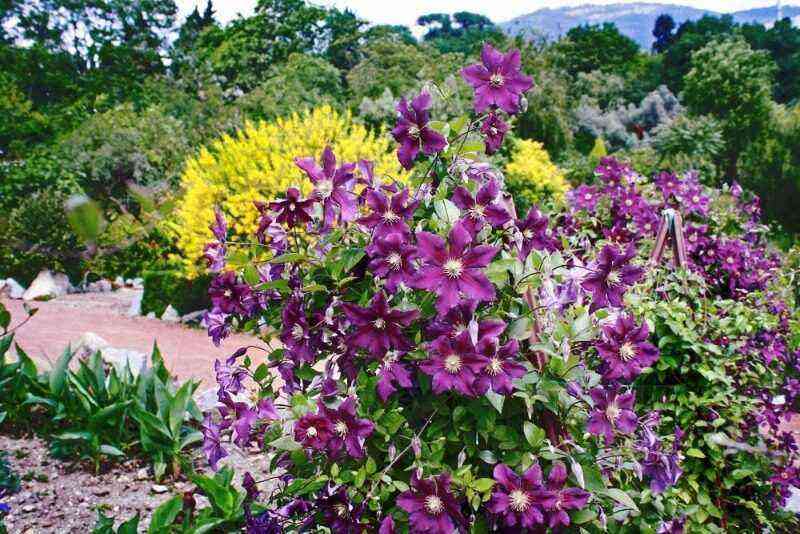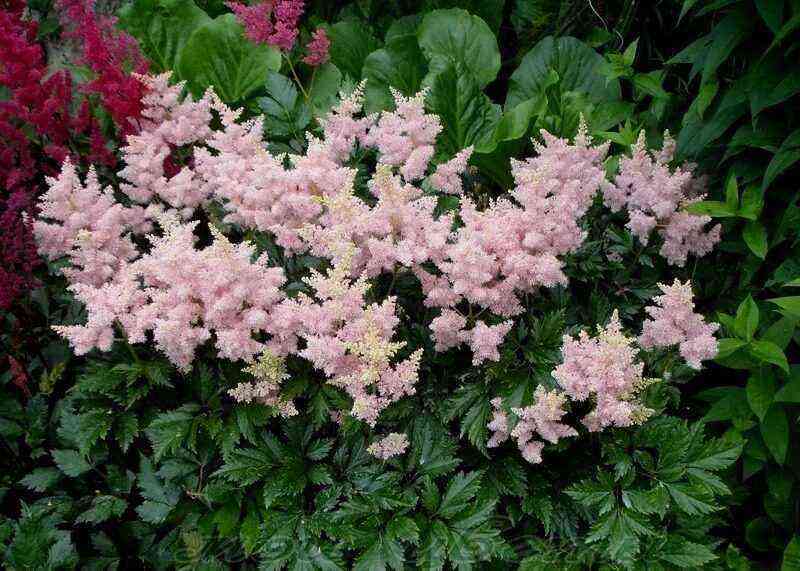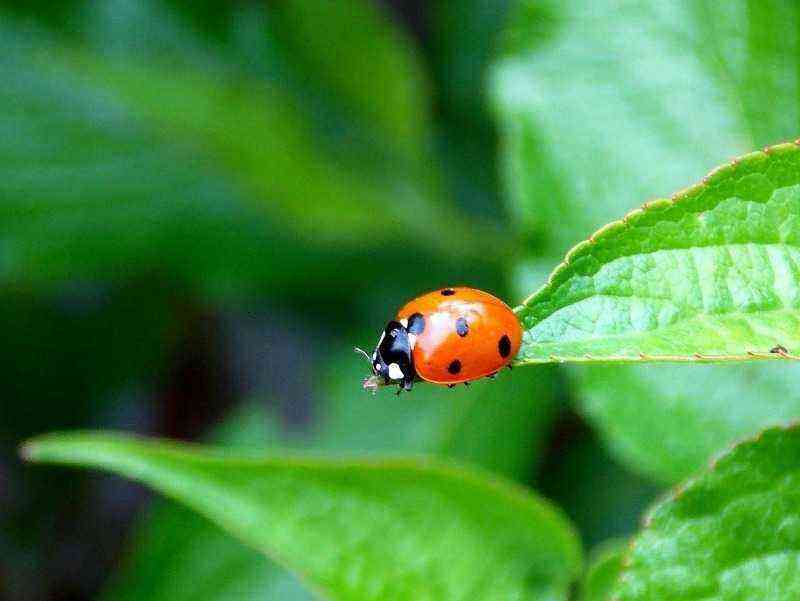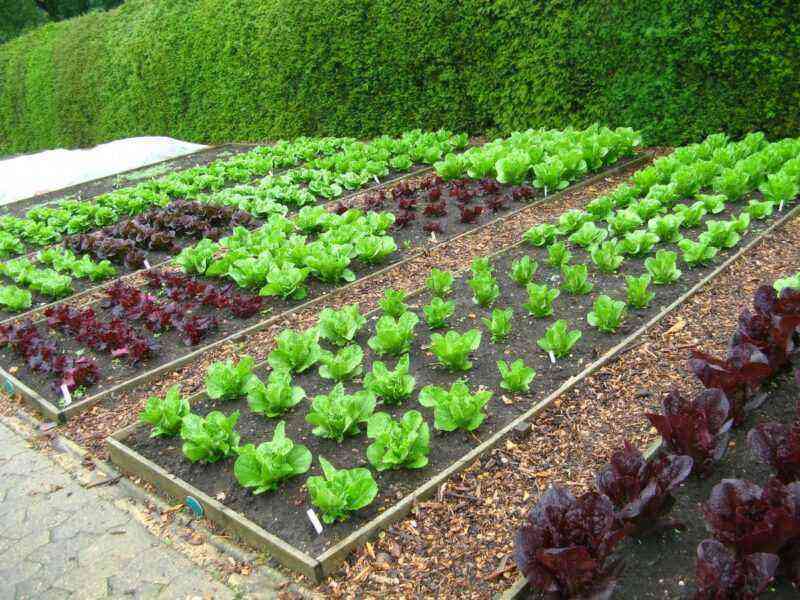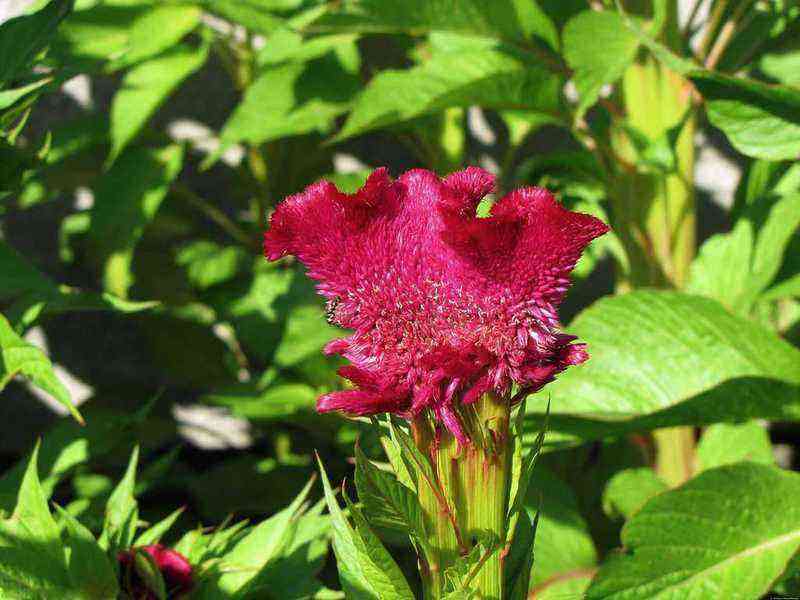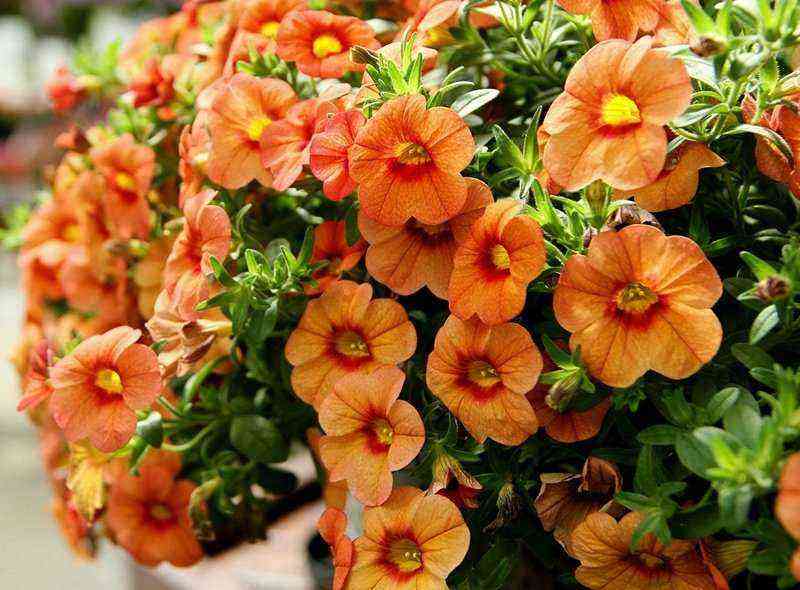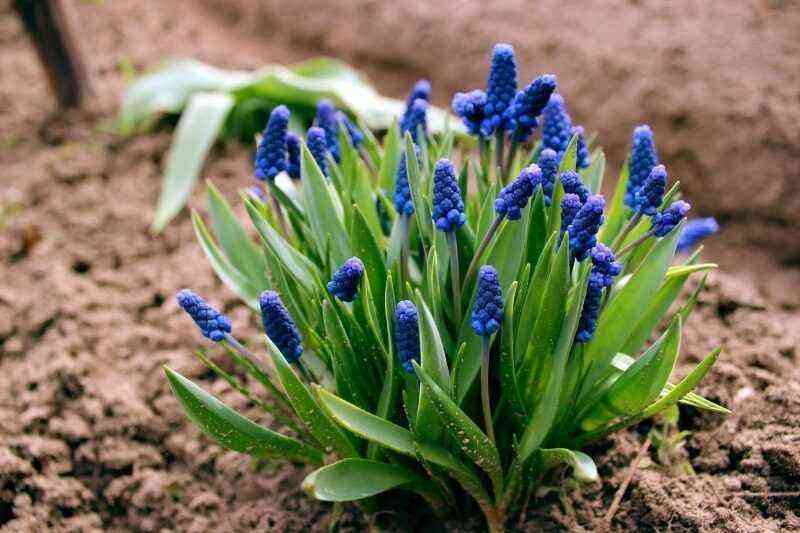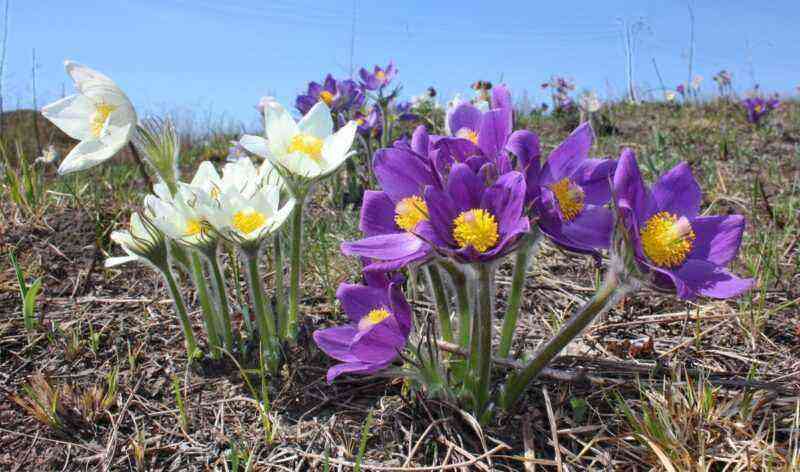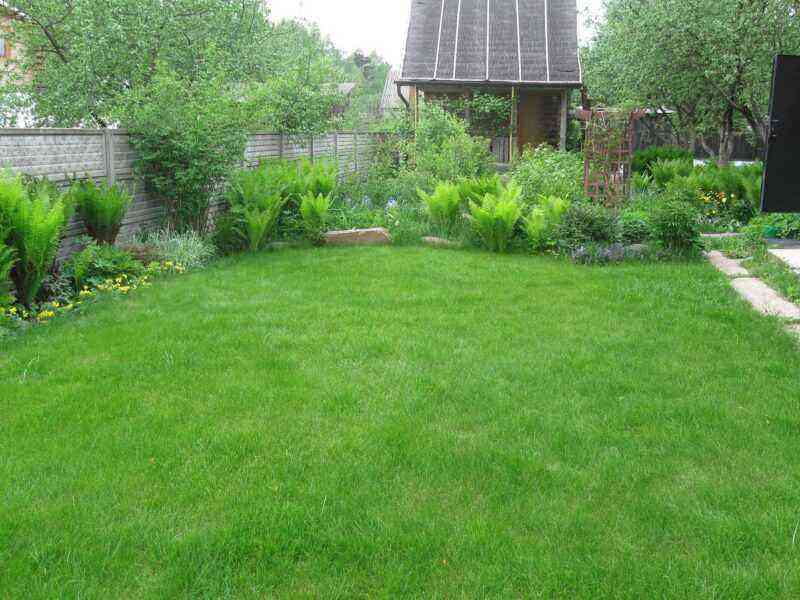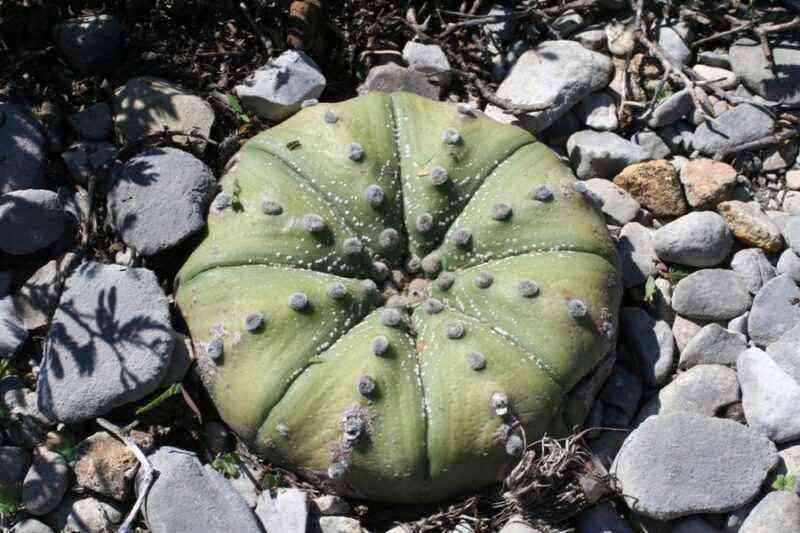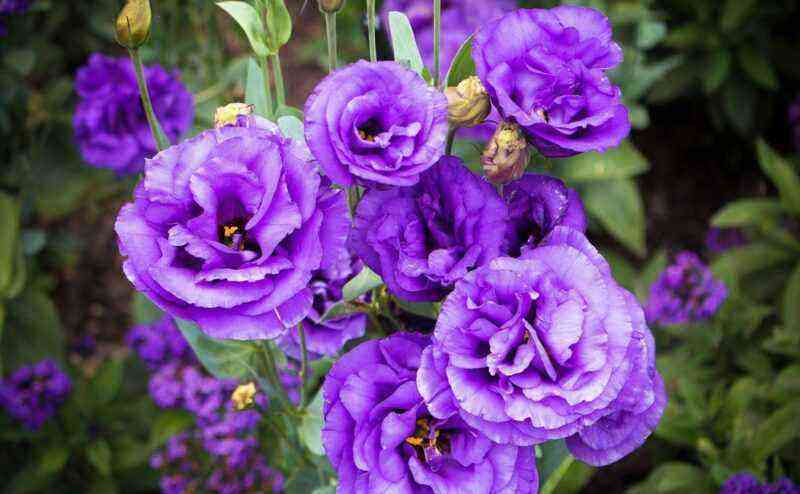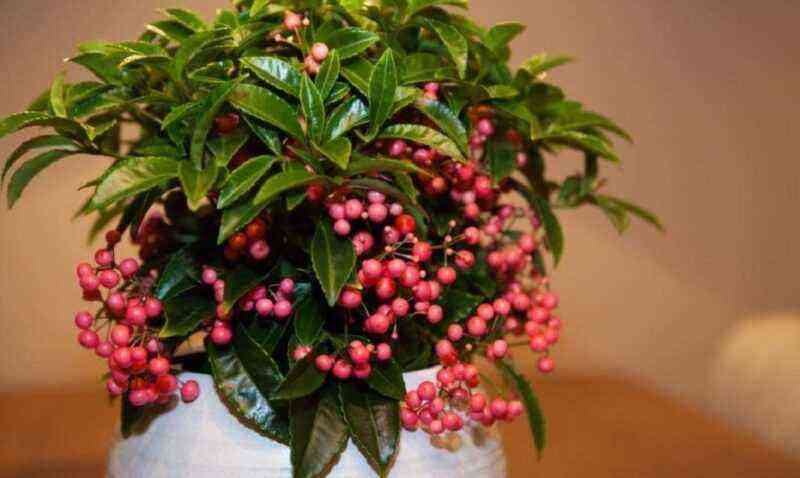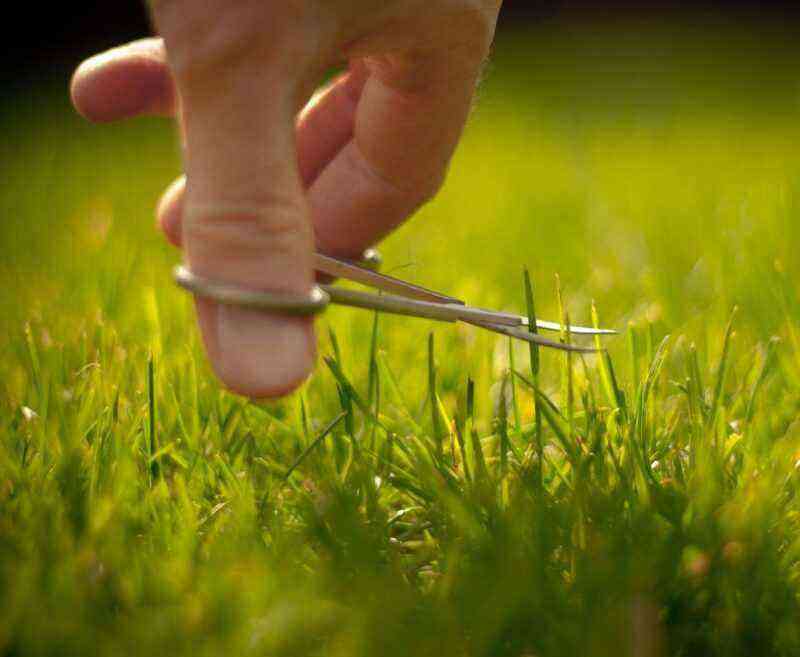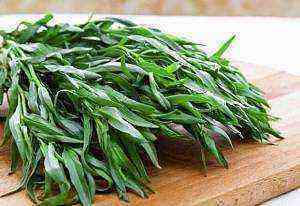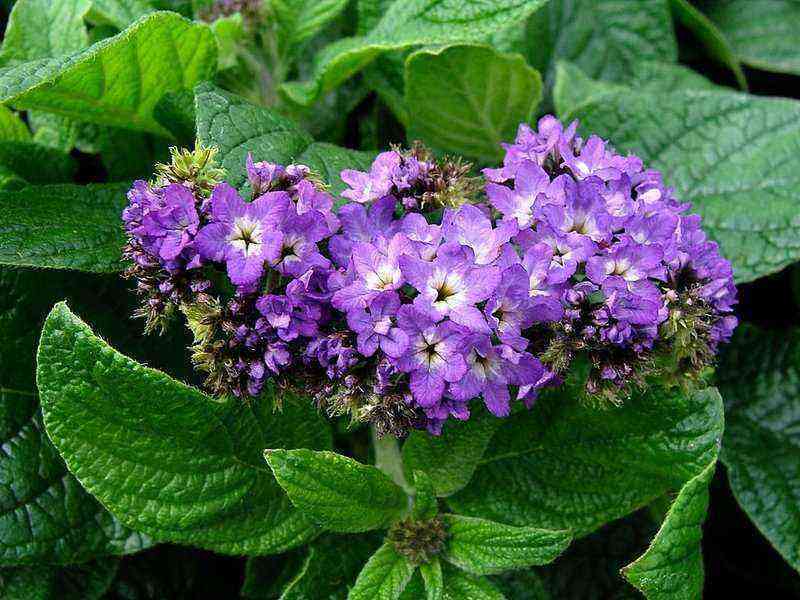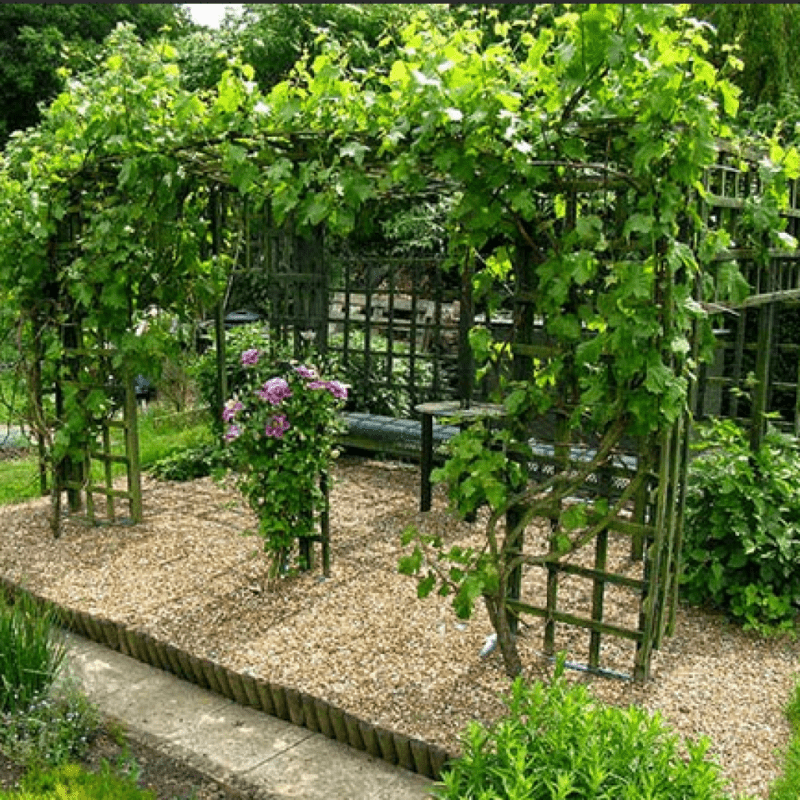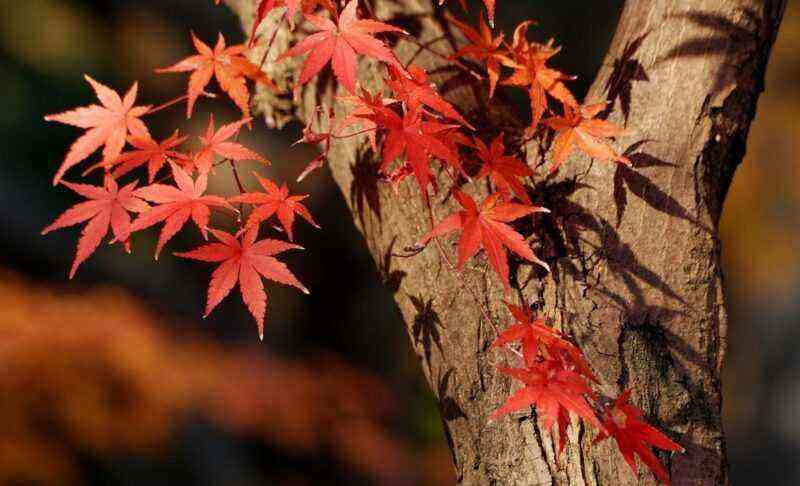Standard six acres, which in the recent past made up a suburban area for most gardeners in our country, is difficult to fill with different fruit plants so that you do not have to infringe on your own imagination. Very little space. Considering the fact that some buildings will be located on the site, it becomes quite sad. It turns out that the way out of the situation can be the grafting of fruit trees. Having developed a certain skill in the correct execution of this simple work, you can decorate your garden with apple trees or pears, on the branches of which fruits of different varieties will grow. We will now introduce you to the best ways of grafting fruit trees.
First, it is worth familiarizing yourself with the basic concepts that will be applied when we talk about vaccination technology:
- Rootstock. This is the name of the plant on which we will graft a new variety. As a rule, grafting is done in the lower part of the plant. It can be a trunk (stem) or a root.
- Graft. This is the part of the varietal plant that will be grafted onto the stock. The graft will form the upper part of the plant, which is responsible for its varietal characteristics.
The rootstock and the scion must match. Otherwise, engraftment may not occur. Usually, plants that are in a botanical relationship are selected. You cannot plant a pear on a birch. A forest pear or quince is suitable for her, if the creation of a dwarf variety is conceived. However, pears, on separate branches of which apples grow, are very common.

This plant compatibility chart will help you quickly find out which rootstock plants can be grafted with scion plants.
Timing is important for vaccination. The active movement of juices in the plant helps the scion to take root faster, so spring or summer is the best time for such work.
There are the following methods of grafting fruit trees that are actively used in horticulture:
- budding by the kidney (eye);
- using a handle.
As a rule, both summer and spring periods are chosen for budding, and spring is still considered the best for working with a handle.
Option 1 – budding with a peephole
When budding, the graft is the bud of a varietal plant. The optimal time for budding depends on what stage of awakening it is at.

The result of budding with a bud (eye) is clearly visible in this photo: in the spring this bud will become active, and the new branch will have all the signs of the grafted variety
For the awakening bud, the best time is the beginning of sap flow – spring. Strict requirements are also imposed on the stock itself: the plant must have an elastic and soft bark. When using a dormant kidney, the second half of summer is considered the best time for work.
Preparing the stock for grafting
Around the rootstock plant, it is necessary to loosen the soil well in two weeks and free it from weeds. Water the tree if necessary. You do not need to be vaccinated on the southern side of the trunk of the plant, because the bud can dry out under the influence of the sun, without having time to really take root.
Order of work
Remove the kidney from the cutting. For this job we need a sharp knife. A poorly sharpened instrument can damage the grafting material and render it completely unusable. Together with the kidney, we cut off the flap – a small area of the bark. At the same time, we try to capture as little wood as possible. If the work is carried out in the summer, then an incision is made above and below the kidney 1,5-2 cm, after which it is cut from left to right. If it happens in the spring, it makes sense to make the lower flap 1-1,5 cm longer.
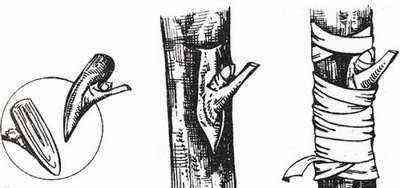
There is nothing supernatural about doing this job; over time, having acquired the skill, you will perform it almost automatically
We prepare the stock, for which we cut the bark on it and partially separate it. This is very easy to do in the spring. The cut should look like a “T”. We bend the corners and get a pocket, which should be the same size as the scion. If the flap is too big, we cut it. The kidney is inserted into the formed pocket with a precise movement from top to bottom. We do this carefully, holding the scion at the top of the shield. We fix the position of the kidney with a plastic strapping.
If the budding of fruit trees was carried out in the spring, then after 15 days the bud should germinate. This fact will testify to the positive result of the work done. Remove the harness by carefully cutting it across the turns. In the case of summer budding, the bud germination will have to wait until next spring.
Option 2 – grafting by cutting
Grafting with cuttings of fruit trees is used in cases where:
- budding did not give the desired result;
- the tree is damaged, but you intend to save it;
- you need to replace one plant variety with another;
- the crown of the tree is well developed only on one side and new branches are needed for the other side.
When using a cutting, work is also carried out in different ways: in a split, copulation, in a semi-split, behind the bark, in a lateral cut, etc.
Simple and improved copulation
For grafting fruit trees in this way, cuttings and branches of the rootstock are chosen of the same thickness. With a simple copulation on the rootstock branch and on the handle, we make oblique cuts approximately 3 cm long. We put the cutting cut on the rootstock cut and fix the place of their connection with foil or electrical tape. Lubricate the upper part of the cut with garden pitch. This work is carried out at the beginning of spring, and it will be possible to speak about its result in 2-2,5 months, when the rootstock and scion are fused.
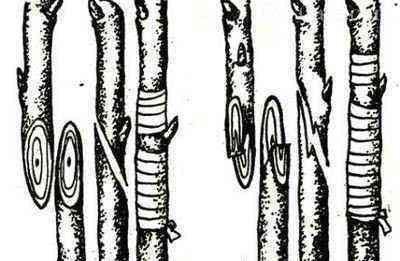
The figure clearly shows how simple copulation differs from improved one: in the second case, a large contact area will allow the plants to grow together more actively
For improved copulation, an additional surface is created for plant splicing. In this case, the cut on both plants is not made smooth, but in the form of a lightning. This zigzag creates a kind of lock when connected, which provides a better fit.
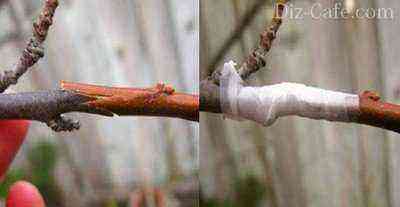
The diagram is a diagram, but the photo always better conveys all the specifics of the work being performed. Well, make sure that there is nothing complicated in it.
Using a side cut
On the lateral surface of the stock, an incision is made in depth so that about 3 cm remains to the opposite side. We cut it in a length of 4-5 cm. In the lower part of the cutting, a cut is made in such a way that a dihedral wedge is formed. Insert the wedge into the rootstock split. Its wide side should match the outer surface of the branch. We firmly fix the position of the cutting.
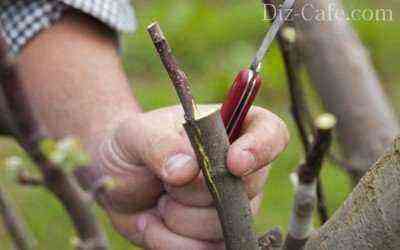
When grafted into a lateral incision, the scion enters the stock in a kind of wedge, and it is very important that the surface of its bark coincides with the bark of the branch; In this position, they need to be fixed.
When the stock is much thicker
For thick rootstocks, a bark graft is used. On the lower part of the cutting, a cut is made at an angle of 30 degrees. The bark on the stock is cut, after which a cutting is inserted into the resulting pocket. However, the bark just need not be cut. To do this, carefully bandage the stock so that the bark does not break during the work. After that, carefully separate the bark from the trunk. For this, it is better to use a copulating knife, which has a special bone for this purpose. We place the stalk in the pocket, fix the graft with a film, and grease its place with garden varnish.
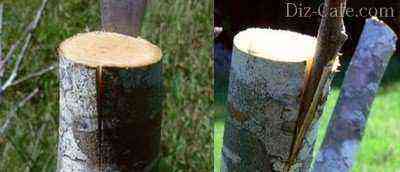
When grafting, the surface of the bark can be incised for the bark, or you can simply gradually pull it back, having previously strengthened it well so that it does not break
Create a new variety
Re-grafting of already mature fruit trees by splitting is best suited for this purpose. From the alignment of the rootstock plant, we leave about 10-30 cm. We cut off all the skeletal branches from it. In the stumps, we make longitudinal splits about 5 cm deep. If the branch is thick, then even two scion cuttings can be placed in it. For a thin branch, a semi-split (not through) is suitable. Cuttings are cut so that “shoulders” (straight ledges) are formed, with which they will rest on the surface of the hemp. Clay is stuffed into the cleft, and the top of the cuttings and hemp are smeared with garden pitch. The vaccination site is recorded.
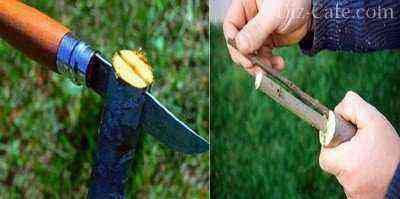
Split grafting is most often used to create a new plant variety, if the old one does not suit the owner of the garden
